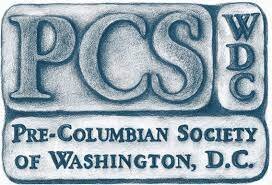Captive-taking and enslavement has been common worldwide and into the distant past, including in the Greater Southwest. The Spanish entrada into the region caused dramatic increases in warfare, captive-taking, and enslavement. Captives in pre-contact periods were often able to become members of their captor’s society, leading normal if somewhat marginal lives. After the Spanish entrada, the Greater Southwest became a “predatory landscape” in which indigenous people lived in fear of Spanish slavers and were captured primarily for their labor. European demand for labor also encouraged raiding among indigenous groups to gain captives to sell. Unlike captives held by indigenous groups, captives held by Spanish families were limited in their ability to achieve full membership in European society.
Catherine M. Cameron is Professor Emerita in the Department of Anthropology at the University of Colorado. She works in the northern part of the American Southwest, focusing especially on the Chaco and post-Chaco eras (AD 900–1300). Her research interests include prehistoric demography, the evolution of complex societies, and processes of cultural transmission. She has worked in southeastern Utah at the Bluff Great House, a Chacoan site, and in nearby Comb Wash. During the past fifteen years, she has undertaken a study of captives in prehistory, as a special type of migrant that has been largely overlooked by archaeologists.

